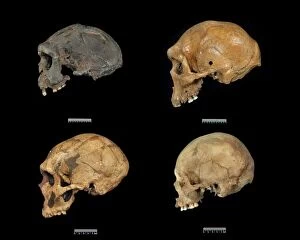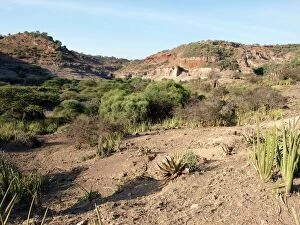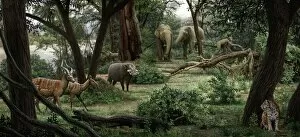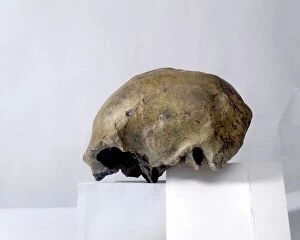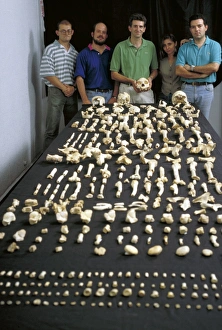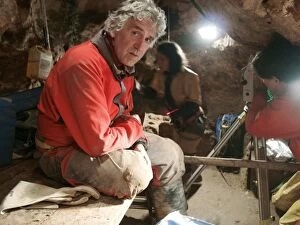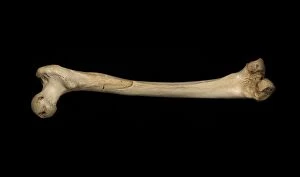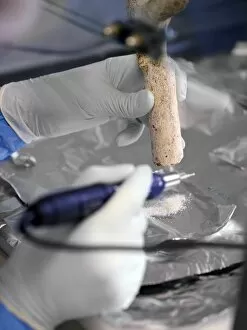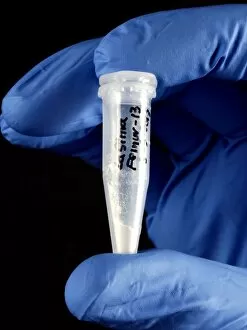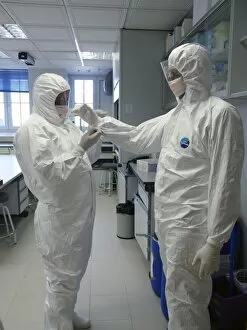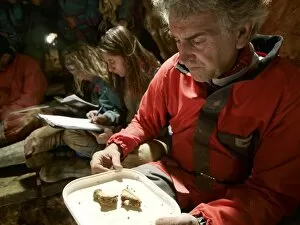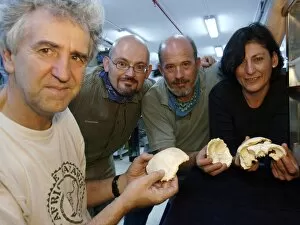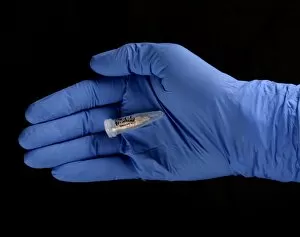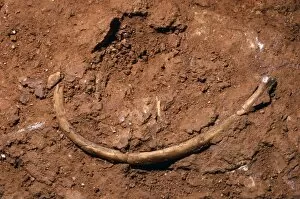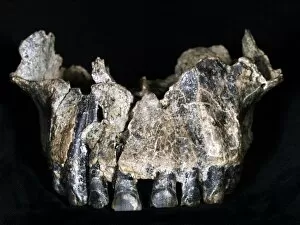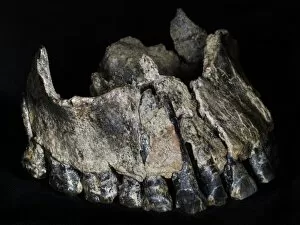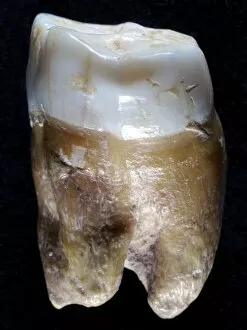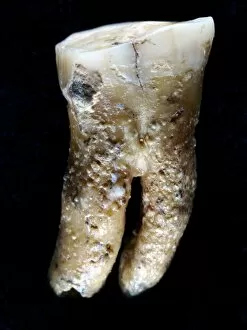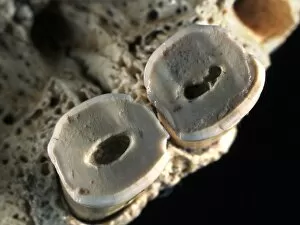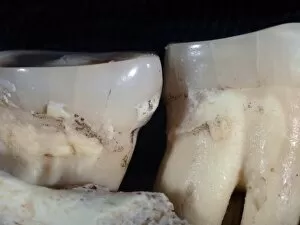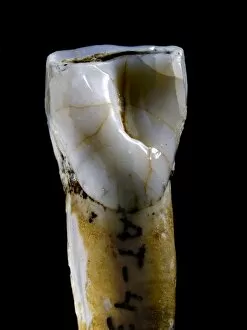Fossil Human Collection
"Unearthing the Secrets of our Ancient Ancestors: Exploring the Fossil Human Legacy" Journey through Time
All Professionally Made to Order for Quick Shipping
"Unearthing the Secrets of our Ancient Ancestors: Exploring the Fossil Human Legacy" Journey through Time: Discovering the Olduvai Gorge landscape in Tanzania (C015 / 6429) Ardipithecus ramidus Landscape: Unveiling the Origins of Humanity Flint Hand-Axe C013 / 6640: A Window into Early Human Toolmaking Skills Homo sp. Skulls C016 / 5933: Tracing the Evolutionary Pathways of Our Species Delving into History: The Homo erectus Cranium C013 / 6552 Reveals Fascinating Insights Paranthropus boisei Anatomy, Artwork C013 / 9582: Piecing Together Clues about Our Distant Relatives Homo habilis Hunting, Artwork C013 / 6549: Uncovering Prehistoric Survival Strategies Early Humans Harvesting Crops: Pioneering Agriculture in Our Ancestral Past Australopithecus afarensis, Artwork x2 : Imagining Life Amongst Our Earliest Known Hominin Relatives Homo sapiens Skull Comparison C016/5934 - Understanding Ourselves Through Comparative Analysis Cro-magnon and Neanderthal Skulls C016/5938 - Examining Diversity within our Ancient Lineages Embark on a captivating journey as we delve deep into humanity's past, unearthing remarkable fossils that shed light on our ancient ancestors' lives and evolution. Step foot onto the rugged terrain of Olduvai Gorge in Tanzania (C015/6429), where fossil discoveries have revolutionized our understanding of human origins. Travel further back in time to explore an Ardipithecus ramidus landscape, unraveling clues about one of humanity's earliest known ancestors.

